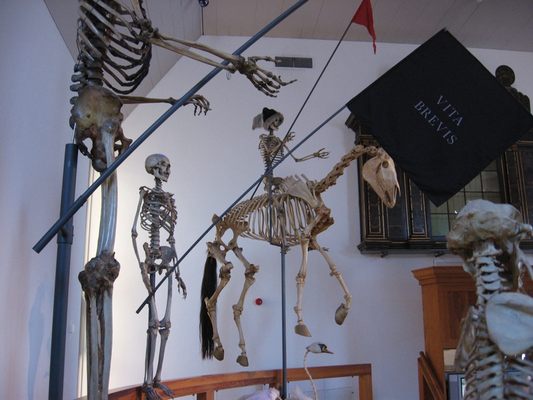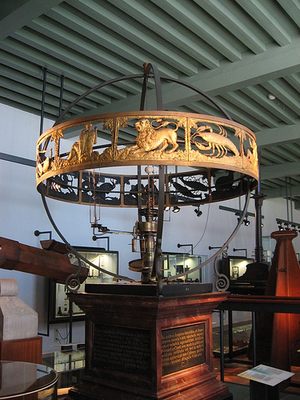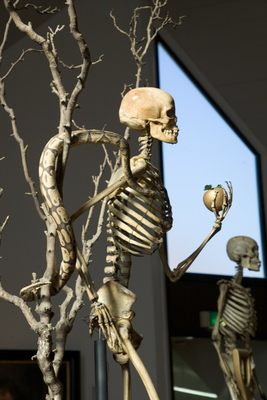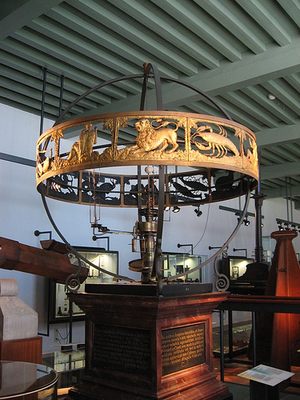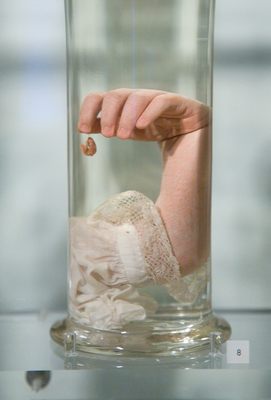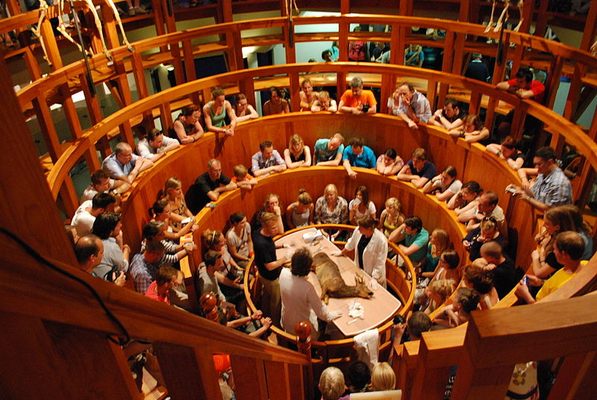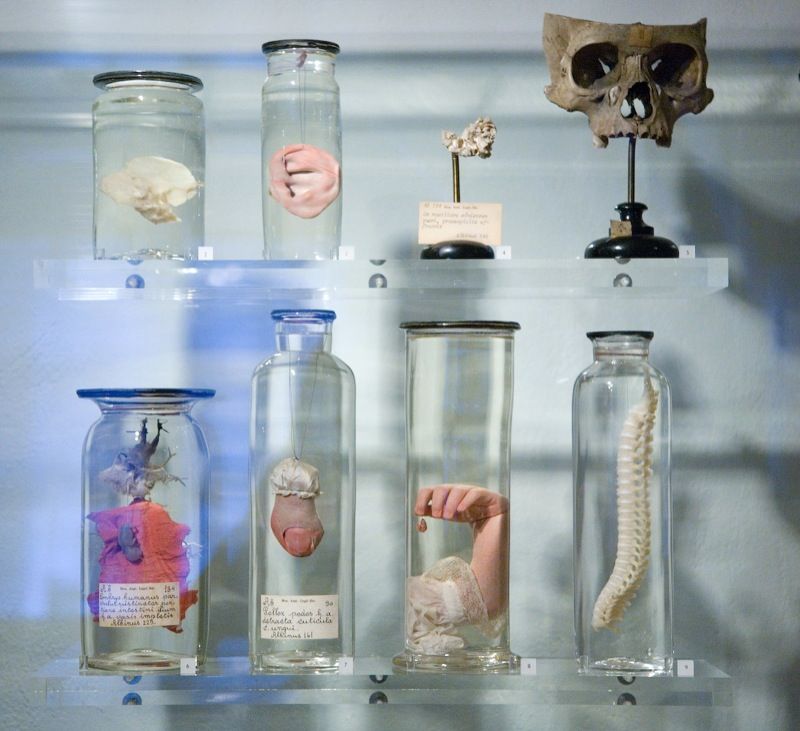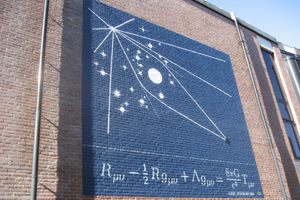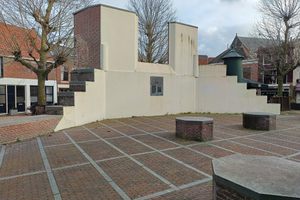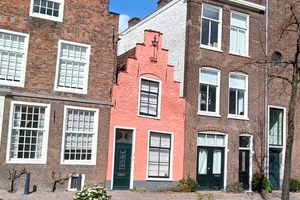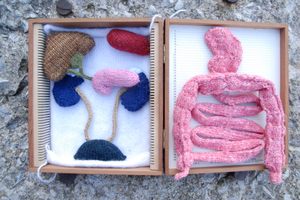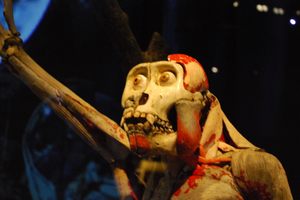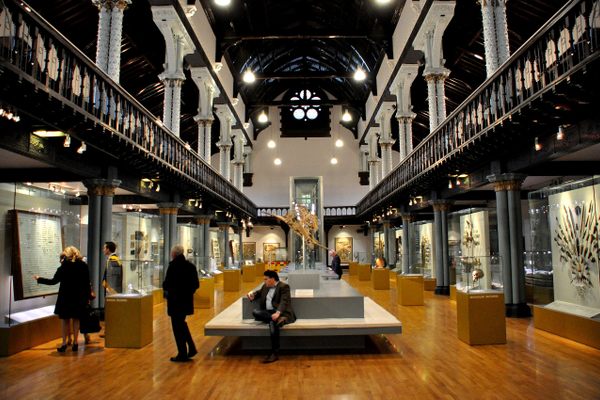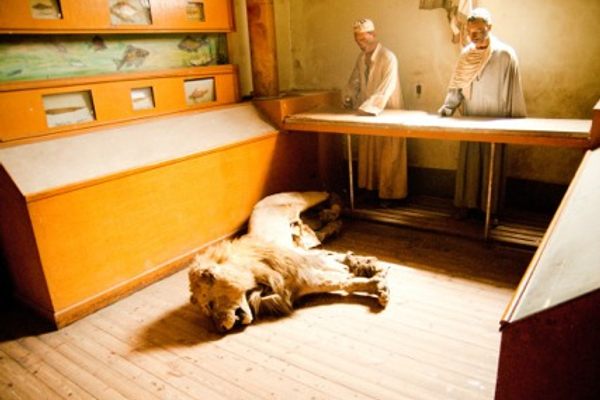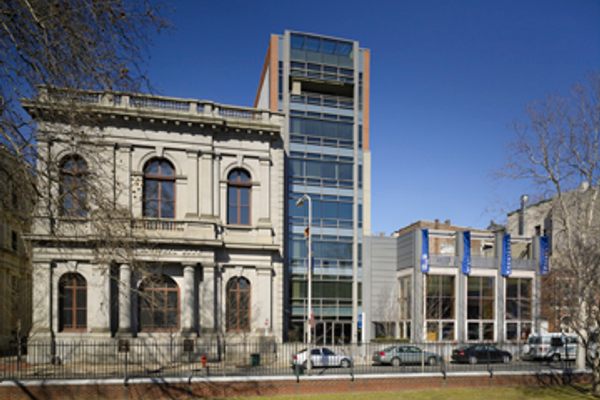About
Arms in jars, skeleton dioramas, and displays of medical devices draw the morbidly fascinated to Museum Boerhaave in Leiden, Netherlands. Walking through the exhibits halls filled with artifacts from the anatomical, medical, and scientific history of the Netherlands, visitors are reminded that they are mere mortals—literally. Latin phrases meant to inspire contemplation of one's own mortality are held up by a series of articulated skeletons:
We are but dust and shadow.
"Vita Brevis" -Life is short.
And "Memento Mori" -Remember you must die.
The museum, which is named for Herman Boerhaave (1668-1738), a Dutch physician and botanist, displays over 400 years of advances in knowledge in a building that dates back to the 1500s. Originally the St. Caecilia nunnery, then a "plague hospital and madhouse," the historic building was converted to a university hospital in 1653. In 1720, Herman Boerhaave gave a famous series of lectures known as the "sickbed lessons," marking the beginning of clinical teaching and of the academic hospital in its modern form. In 1991, the St. Caecilia nunnery took its current form as a museum, where displays of human pathology bring to mind a different sort of "life after death"—that of the medical specimen.
The museum also contains a wonderful collection of antique scientific instruments, natural history displays, and an old operating theater.
Related Tags
Community Contributors
Added By
Published
July 23, 2009

